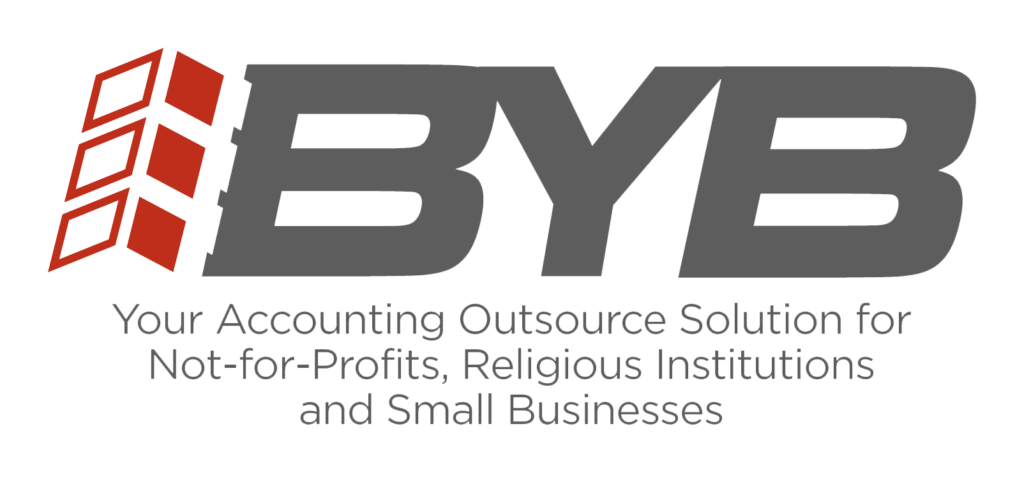Pursuant to the CORPORATE TRANSPARENCY ACT (CTA) certain LLCs & Corporations are required to disclose information about their beneficial owners to the Financial Crimes Enforcement Network (FinCEN). This law became effective January 1, 2024.
Any business created prior to 2024 has until January 1, 2025, to file its initial beneficial ownership information (BOI) report. Any business started in 2024 has 90 calendar days from the date of formation to file a BOI report. Any business required to report, formed on or after January 1, 2025, must file a BOI report within 30 calendar days of formation.
The information requested for beneficial owners (25% or more) are:
- Legal Name of Business
- Business EIN
- Individual’s Full Name
- Date of Birth
- Home Address
- Copy of Driver’s License or Passport
Failure to file can lead to fines of up to $500 per day up to $10,000.
Additional information can be found at www.fincen.gov/boi
If you require assistance with filing the Beneficial Owners Information Report, please contact us.

 Beginning in October 2018, all New York State employers, regardless of size, must adopt a sexual harassment prevention policy. Aside from implementing the policy, employers must conduct training or use a similar policy that meet or exceeds the law’s minimum standards.
Beginning in October 2018, all New York State employers, regardless of size, must adopt a sexual harassment prevention policy. Aside from implementing the policy, employers must conduct training or use a similar policy that meet or exceeds the law’s minimum standards.